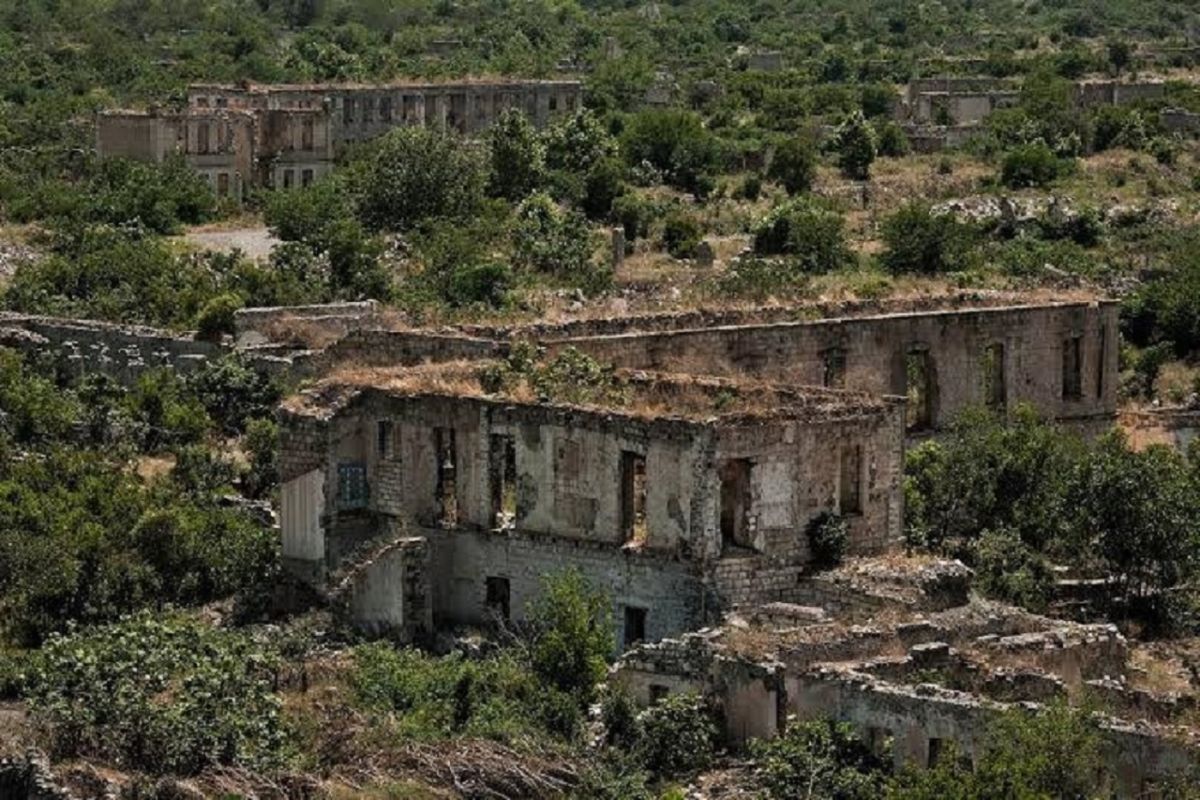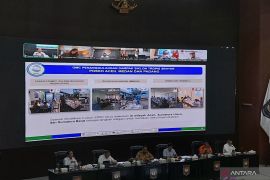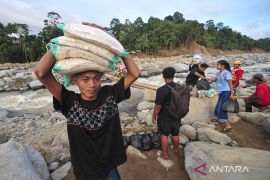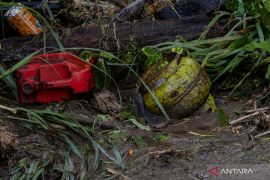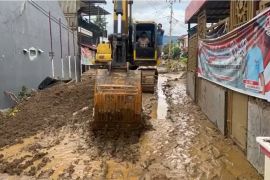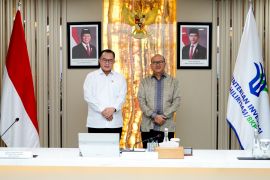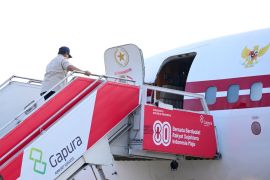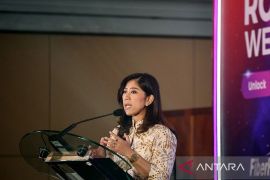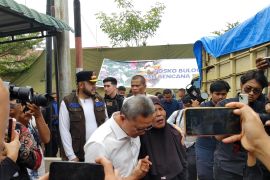The Baku International Multiculturalism Center (BIMC) and the Center of Analysis of International Relations (AIR Center), in partnership with the G20 Interfaith Dialogue Forum, recently invited the delegates to a conference titled "Embracing Diversity: Tackling Islamophobia in 2024" held in Baku, Azerbaijan's capital.
On March 15, 2022, the United Nations General Assembly unanimously adopted a resolution on International Day to Combat Islamophobia.
Marking the second anniversary of the resolution, the BIMC and the AIR Center aimed to foster academic discussion on the problem of Islamophobia within several contexts, among others, confronting Islamophobia in the context of higher education, digital Islamophobia, and gendered Islamophobia.
The Azerbaijani experience is of religious tolerance and cultural diversity where different religions are widely spread and different ethnic groups coexist and live in peace and mutual understanding without any group attempting to dominate the other.
With its stunning setting atop a mountain in Karabakh as well as its immense literary, musical, and carpet-weaving heritage, Shusha is a place where nature and culture blend perfectly.
Shusha is the esteemed Cultural Capital of Azerbaijan, honored as the Cultural Capital of the Islamic World for 2024. Both Shusha and Fuzuli are among Azerbaijani cities being rebuilt and restored following the destruction during Armenia’s 30 years' war of occupation that ended in 2020.
On March 31, 2022, during an extraordinary session of the Permanent Council of Ministers of Culture of the members of Turkic Culture (TURKSOY) in the city of Bursa, Turkiye, the cultural capital of Azerbaijan, the city of Shusha, was announced as Cultural Capital of the Turkic World for the Year 2023.
The decision was a mark of special respect for Shusha, a shining pearl of architecture and the art of urban planning with a 270-year history.
The city holds great cultural and spiritual significance for the people of Azerbaijan. It can now serve as a new symbol of unity and solidarity across the entire Turkic world, contributing to further prospects of intensifying cooperation among Turkic people.
Nestled in Azerbaijan’s Karabakh region, Shusha has an extraordinary tale of resilience and a rich heritage. It is also known as the cradle of Azerbaijani music and has been called home by towering figures of Azerbaijani literature.
The city of Shusha has been undergoing remarkable transformation. Massive reconstruction efforts are underway, with all sorts of new infrastructure projects launched in the historic region.
These include the Ritzy Hotel, state-of-the-art hospital, and massive housing projects. Another notable project has been the Vicory Road, a highway that connects Shusha to the city of Fuzuli, symbolizing the triumph of hope after years of despair.
Traces of Shusha’s compelling history can also be seen in the various landmarks dotted around the city. The most significant of these is the Shusha Fortress, which delegates first visited. It was built in the 18th century by Panah Ali Khan, the founder of the Karabakh Khanate that existed with Shusha as its capital from about 1748 to 1822, by which time it had been integrated into the Russian Empire.
Among the main historical monuments of the city are the ancient Yukhari (Upper) Govhar Agha and Ashagi (Lower) Govhar Agha mosques standing out with their sublime architecture. They are distinguished by their splendor.
Both were built in the 19th century by Karnalayi Safikhan Garabaghi, the architect of most mosques in Karabkh. The mosques, which draw attention with their architectural style and minarets, were destroyed as a result of the Armenian invasion. Yukhari Govjar Agha Mosque, where restoration works were carried out in 2021, is on the list of historical and cultural monuments of national importance.
The multi-ethnic and multicultural features of Azerbaijan had allowed all artefacts of religious heritage to be represented in the region and its surrounding districts, including, but not limited to mosques, churches, monasteries, and temples – until 1992, when the territories were occupied by the Armenian Armed Forces.
Karabakh War
During the First Karabakh War in the late 1980s and early 1990s, the region was occupied by Armenian Armed Forces and was under their control for nearly three decades.
The occupation ended in the fall of 2020 after 44 days of intense clashes during the Second Karabakh War (September 27 – November 9, 2020) when Azerbaijan reclaimed Shusha and several other cities and settlements.
From the outset of the 44-day-long war, Azerbaijan’s military superiority was clear. Within the first couple of days, the Azerbaijani army managed to break the defenses of the Armenian Armed Forces around Fuzuli and overcame the so-called “Ohanyan Line” considered to be one of the strongest fortications installed by Armenia’s army in the occupied Azerbaijani territories.
Moreover, from the early days of this war, Azerbaijan demanded that Armenia must finally withdraw its military forces from the territories, fully and unconditionally, and in accordance with the UN Security Council Resolution 853, issue a timetable for the de-occupation of Azerbaijani lands.
In their joint article, titled "Assessing Damaged Caused by the Illegal Activities of Armenia to Azerbaijan in the Liberated (Formerly Occupied) Territories," Javid Alyarli and Arzu Abbasova argue that since the end of the First Karabakh War in 1994, Armenia has striven through all possible means to strengthen the results of the unlawful use of force and create a mechanism for benefiting politically, economically, and militarily from the formerly occupied territories of Azerbaijan.
To that end, several illegitimate activities were conducted, ranging from the illegal settlement of Armenians and foreign nationals of Armenian origin in Azerbaijan’s Nagorno-Karabakh region and its adjacent districts to illegal restoration and construction of economic infrastructure, exploitation of resources, as well as the purposeful removal of the cultural identity of Azerbaijan, they said.
By highlighting the financial parameters and legal ramifications of the illegitimate actions, both authors find that an underlying political motive was cementing the Armenian occupation and promoting annexationism.
The settlement of foreign nationals of Armenian origin in the formerly occupied territories at the expense of expelling around 750 thousand indigenous Azerbaijanis has caused Azerbaijan to allocate a significant amount of finances to ensure the social welfare of Internally Displaced Persons (IDPs) since 1993.
During the entire period of occupation, Armenia illegally used these territories for agricultural purposes. In his popular address on December 1, 2020, Azerbaijan’s President Ilham Aliyev stated that Armenia was growing wheat on tens of thousands of hectares of land in the districts of Agdam, Fuzuli, Jebrayil, and Zengilan.
Armenia harvested up to 90 thousand tons of wheat per year in the formerly occupied territories, with only a little more being produced in Armenia, at just 100 thousand tons per year.
The economy of Azerbaijan was deprived of benefit from the rich agricultural resources of the formerly occupied resources. The intermountain and foothill plains and plateaus suitable for agriculture in the liberated territories will enable grain-growing; fodder production; viticulture; and tobacco, potato, and cotton growing, as well as dairy and meat production.
Even during the destruction of Azerbaijan’s cultural heritage in the formerly occupied territories, Armenia was advertising the Nagorno-Karabakh region of Azerbaijan as a “tourist destination” and organizing illegal tourist visits to propagate its subordinate separatist regime. In this regard, international agencies were recruited to encourage foreign nationals to travel to the region.
President Ilham Aliyev, who visited Aghdam, a formerly occupied district, on November 22, 2020, illuminated the level of destruction for the first time through the lenses of local and international media.
International journalists, including a well-known French photographer, Reza Deghati, described the district as the “Hiroshima of the 21st Century” after seeing the ruins.
Delegates saw the level of destruction and the ruins in some parts of Karabakh region and understood that despite the end of hostilities, the civilian population and military personnel of the national army remain the victims of mines and booby traps set by Armenian units.
In addition, they argue that the Second Karabakh War has changed the balance of power in the South Caucasus.
*) Mohammad Anthoni is ANTARA News Agency’s journalist from 1990 to 2019.
*) The views and opinions expressed on this page are those of the author and do not necessarily reflect the official policy or position of the ANTARA News Agency
Copyright © ANTARA 2024
